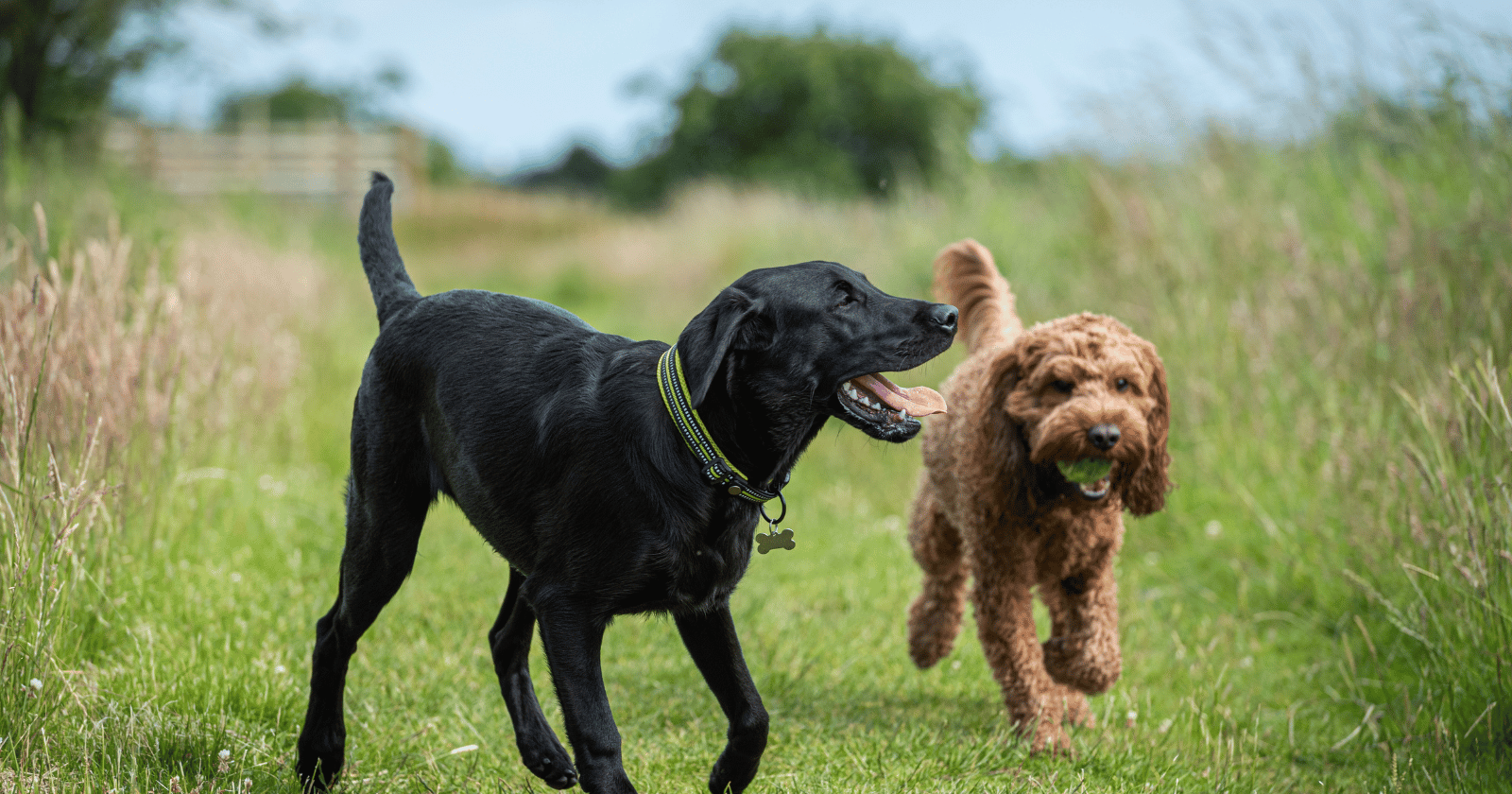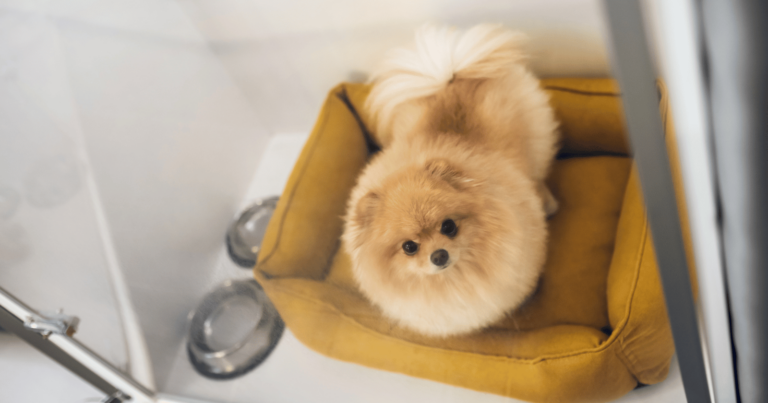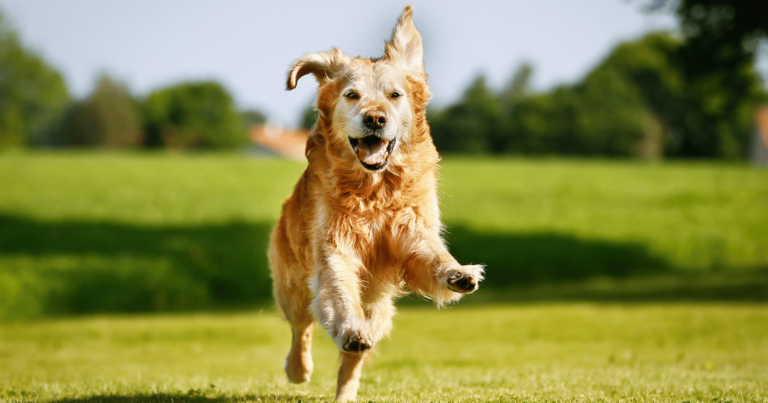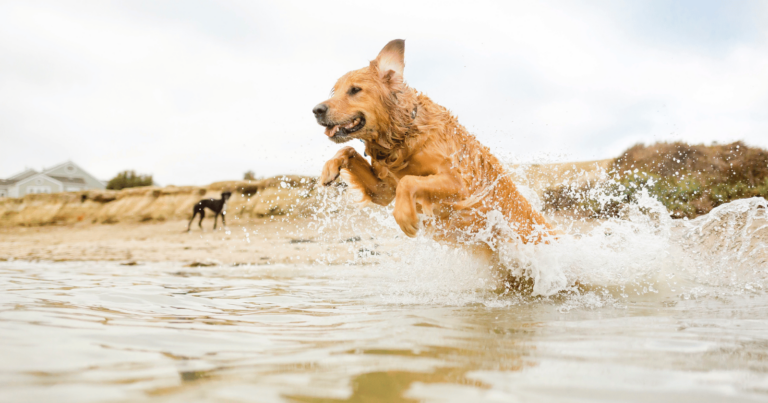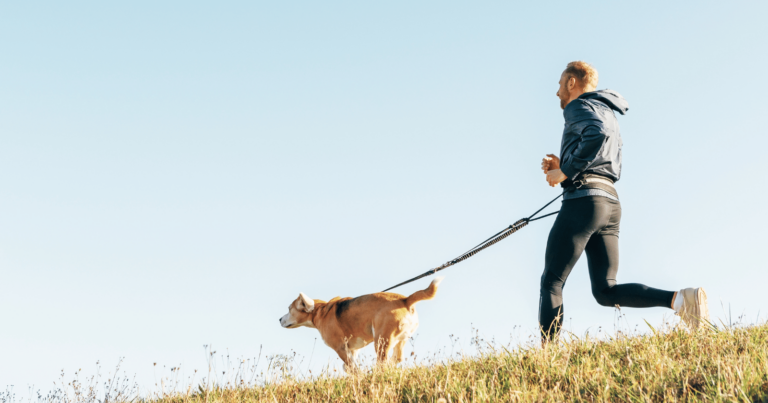There’s a big difference between just throwing two dogs together and introducing them properly.
The difference boils down to preparation.
Simply allowing two dogs to meet without any forethought could lead to conflict and stress.
Properly introducing a new dog to your current dog, however, gives both canines a chance to adjust and accept each other in their own time.
Introducing dogs is an art of patience and understanding.
And savvy dog owners know there are specific steps that can help make this process smoother.
So, here are some essential steps to follow when introducing a new dog to your current canine companion.
1. Getting the scent
Introducing a new dog to your current dog is a process that goes beyond simple face-to-face introductions.
And experienced dog owners understand the importance of scent.
Before the dogs meet face-to-face, they should first get used to each other’s scent.
This can be done in several ways, such as swapping blankets or toys between the dogs.
This preliminary step allows the dogs to familiarize themselves with each other in a non-threatening way.
Essentially, it’s like getting a sneak peek of who they’ll be meeting.
The goal here is to make the actual introduction less stressful and more successful.
So if you want to ensure a smooth introduction between your dogs, start with their noses.
Remember, this is about creating a positive and calm environment for both of your furry friends.
2. Neutral territory
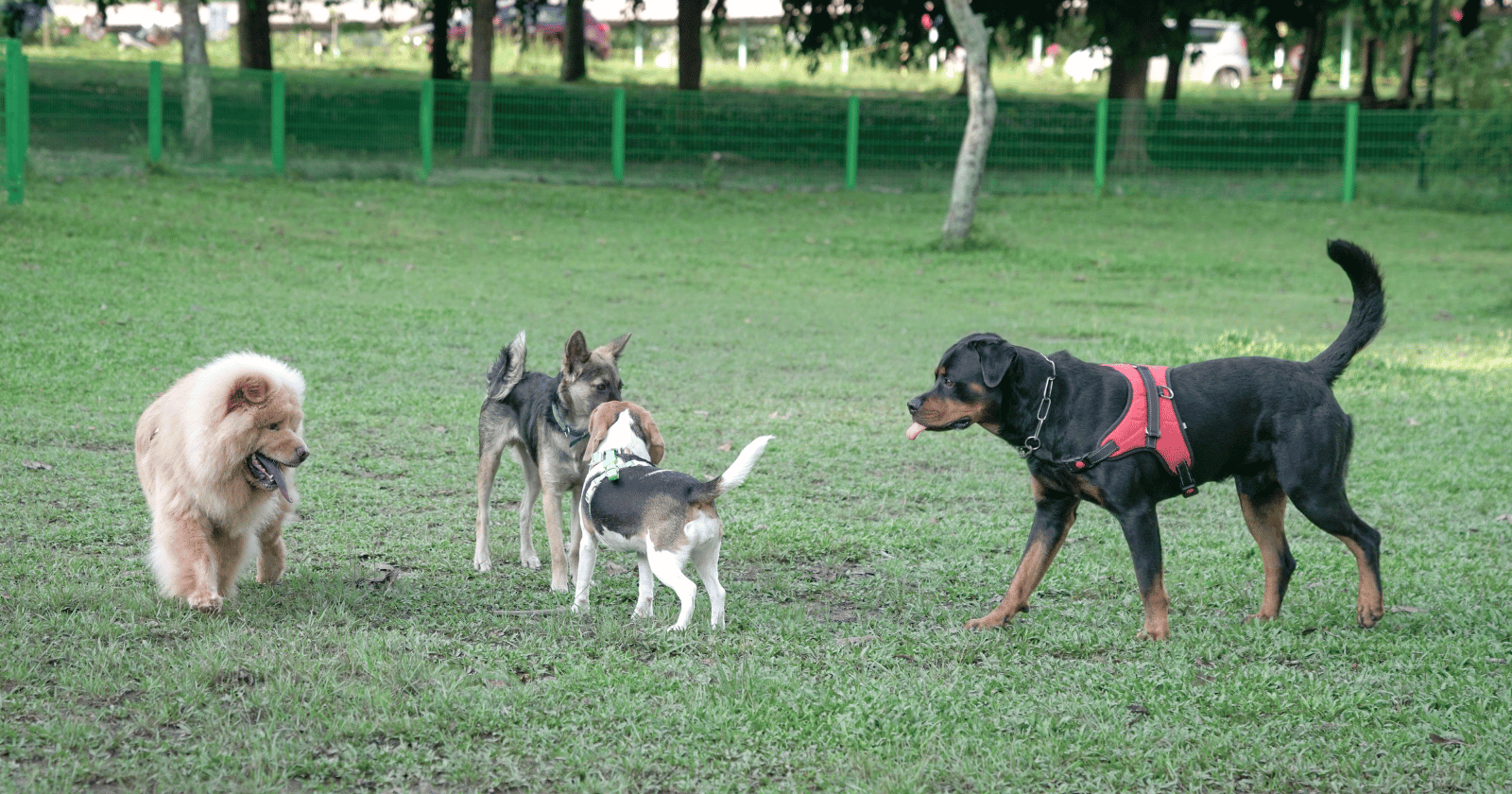
Let me share an experience from when I introduced my new rescue, Bibi, to my older dog, Miki.
Knowing the value of neutral ground, I decided to hold their first meeting at a local park.
The rationale behind this is simple – neither dog feels territorial or threatened.
At home, Miki would be on his own turf and might feel the need to assert dominance or protect his space.
The park, however, was a neutral space where both dogs could feel relaxed and open to making a new friend.
I started with both dogs on leashes at a distance.
Gradually, I let them approach each other while monitoring their body language closely.
I can’t stress enough how important this step is.
By choosing a neutral space for the first meeting, you’re increasing the chances of a positive outcome.
So, think about that local park or perhaps a friend’s backyard as the perfect meeting spot for your dogs.
3. Body language
In the world of dogs, communication isn’t about words, it’s all about body language.
A wagging tail, perked up ears, or a lowered head can speak volumes about what a dog is feeling.
Understanding canine body language is crucial when introducing a new dog to your current one.
It helps you gauge their comfort level and respond appropriately.
For instance, a wagging tail doesn’t always mean happiness.
Depending on the speed and direction of the wag, it can also indicate fear or agitation.
Take the time to learn about dog body language.
This knowledge will help you monitor their interactions and intervene if necessary, ensuring a safer and more comfortable introduction for both of your dogs.
4. Positive reinforcement
Rewarding your dogs plays a key role in the introduction process.
Just like us, dogs respond well to positive reinforcement.
When you see your dogs displaying good behaviour during their interactions, reward them with treats, praises, or a quick game of fetch.
This encourages them to repeat the behaviour and fosters a positive association with each other.
The goal is to create a comfortable and happy environment.
Showering them with love and rewards during this process can go a long way in building a friendly relationship between your dogs.
5. Patience is key

If there’s one thing I’ve learned from introducing dogs, it’s that patience is crucial.
Every dog is unique, and they adjust at their own pace.
While some dogs might hit it off instantly, others may need more time to get comfortable.
Don’t rush them into accepting each other. Instead, give them ample time and space to adjust.
It’s important to note that it might take days, weeks, or even months for your dogs to fully accept each other.
And that’s perfectly okay.
The key is to remain patient and supportive throughout the process.
After all, good things take time.
6. Understanding their personality
Every dog, just like every human, has its own unique personality.
Some are outgoing and sociable, while others may be more reserved or anxious.
Understanding your dogs’ individual personalities can greatly aid the introduction process.
It gives you insight into how they might react to new situations and how best to handle them.
For instance, if your current dog is shy and reserved, throwing a boisterous new puppy into the mix without a careful introduction could be overwhelming.
On the other hand, if both dogs are playful and energetic, they may hit it off right away.
At the heart of this process is respect for your dogs as individual beings with their own feelings and needs.
Tailoring the introduction process to suit their personalities can make a world of difference in fostering a positive relationship between them.
7. Consult with professionals
Finally, never hesitate to reach out to professionals for help.
Dog trainers and behaviorists have a wealth of knowledge and experience in dealing with canine introductions.
If you’re finding the introduction process challenging or if your dogs are not getting along despite your best efforts, consulting with a professional can provide you with valuable guidance and strategies.
Professionals can provide tailored advice based on your dogs’ specific needs and behaviors.
Seeking professional help doesn’t mean you’ve failed.
It’s about wanting the best for your dogs and ensuring they have a comfortable and happy life in their new pack.
At the heart of it all: Connection
The bond between humans and dogs is something truly unique and enchanting.
It’s a relationship that transcends species, powered by mutual love, respect, and companionship.
When introducing a new dog to your current dog, it’s not merely about managing a logistical challenge.
It’s about nurturing this special bond, creating an environment where love can flourish and grow.
Each step of the process is a testament to your commitment towards your dogs.
From understanding their unique personalities to patiently guiding them towards acceptance, every action you take reflects your dedication to their well-being.
As you embark on this journey of introducing your dogs, remember that the ultimate goal is not just peaceful co-existence, but a deep, meaningful connection.


